The modern traveler often takes for granted the remarkable convenience of air travel, which has transformed once-impossible journeys into routine weekend getaways. In just a century, destinations that required months of dangerous passage can now be reached in hours while passengers watch movies and sip beverages at 35,000 feet.
This extraordinary compression of global distance has fundamentally altered our relationship with geography and made even the most remote corners of the planet accessible to those with sufficient resources and time. Here is a list of 20 destinations that would become extraordinarily challenging to reach if air travel suddenly disappeared from our transportation options.
Easter Island, Chile

Located over 2,200 miles from mainland Chile and 1,200 miles from the nearest inhabited island, Easter Island would become virtually unreachable without air connections. The journey would require a specialized ocean vessel capable of navigating the open Pacific for weeks, with visitors facing the same isolation that kept the island’s famous moai statues mysterious to the outside world for centuries.
The island’s small population would find themselves cut off from regular supply deliveries, medical evacuations, and economic lifelines that currently maintain their remote community.
St. Helena

This tiny British Overseas Territory in the South Atlantic only received its first regular air service in 2017, ending centuries of dependence on a five-day boat journey from Cape Town. Without flights, St. Helena would revert to extreme isolation, accessible only by the periodic Royal Mail Ship that calls the island a few times monthly.
The 4,500 residents would return to a lifestyle of careful planning around ship schedules. At the same time, potential visitors would need to commit to a minimum two-week round trip just to spend a few days exploring Napoleon’s final place of exile.
Like Travel Pug’s content? Follow us on MSN.
Pitcairn Islands
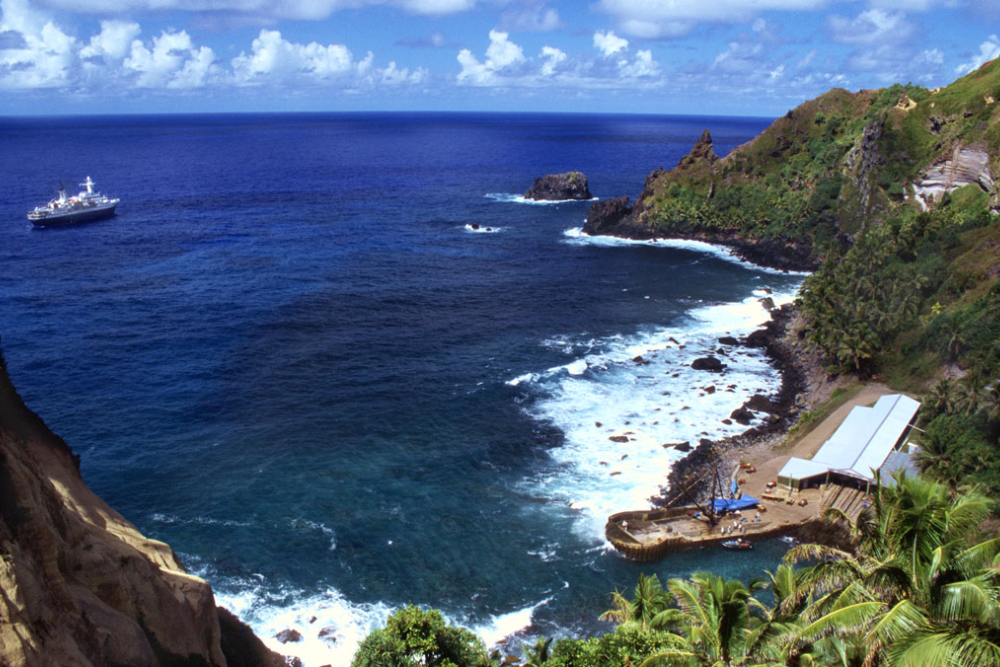
Home to just 50 permanent residents and accessible only by a quarterly shipping vessel from New Zealand, the Pitcairn Islands represent perhaps the most isolated community on Earth. Without air travel to reach nearby staging points, visitors would face a journey of several weeks across the Pacific, followed by a precarious transfer to the island via small boats through rough seas.
The already tenuous economic and demographic sustainability of this settlement, populated by descendants of the HMS Bounty mutineers, would become even more fragile with further isolation.
Antarctica
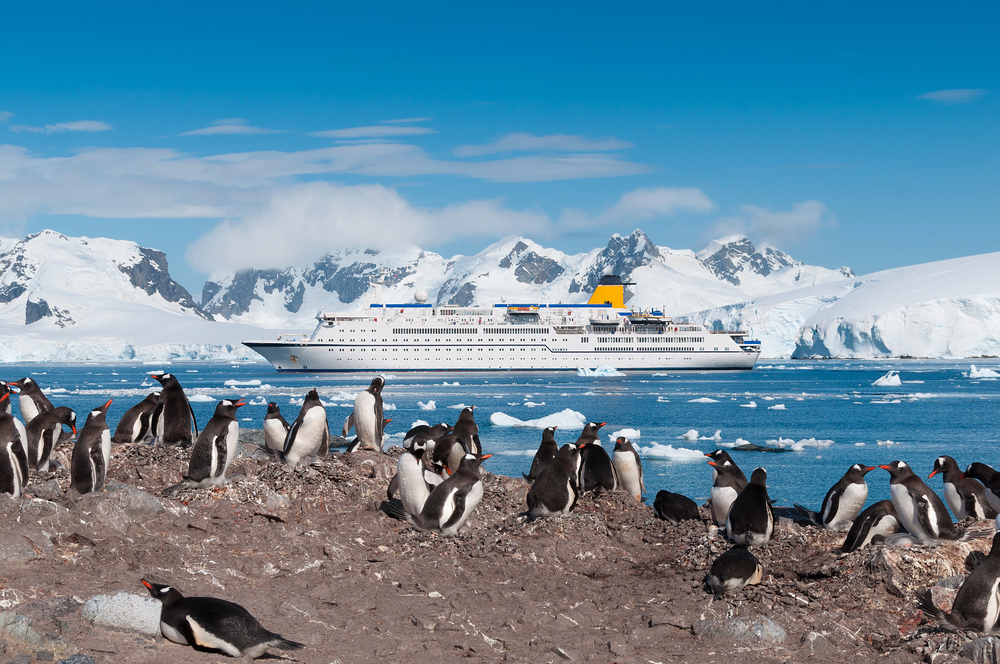
Research stations across Antarctica depend entirely on specialized aircraft for personnel rotation, emergency evacuation, and critical supply delivery during the brief summer research season. Without aviation, Antarctic research would revert to the conditions of early explorers, with overwintering scientists truly cut off from civilization for six months of darkness.
Tourist visits, which currently allow thousands to experience the continent via cruise ships and air expeditions briefly, would be limited to ocean approaches that remain dangerous despite modern vessel technology.
Himalayan Kingdoms: Bhutan and Nepal

The mountainous geography that makes Bhutan and Nepal spiritually and culturally captivating also made them historically difficult to access. Without air travel, visitors would face arduous overland journeys through neighboring countries followed by mountain passes that close seasonally.
Bhutan’s carefully managed tourism industry would be particularly affected, as its limited border crossings with India would become the only entry points to this kingdom that famously measures Gross National Happiness alongside economic development.
Like Travel Pug’s content? Follow us on MSN.
Greenland
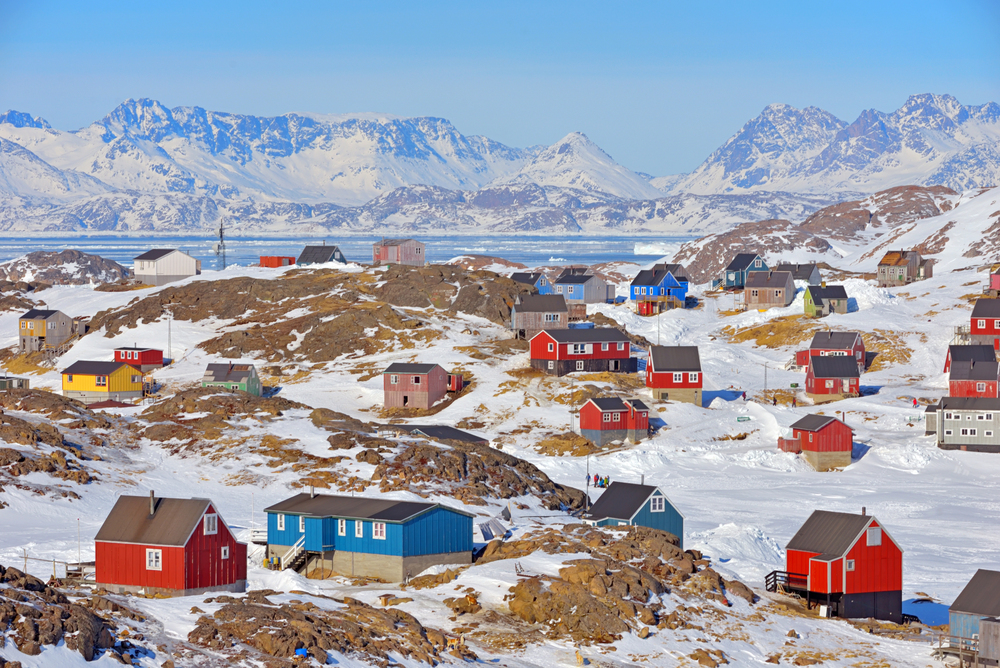
With no roads connecting its scattered coastal settlements and an interior covered by an ice sheet, Greenland relies completely on air and sea connections for movement. Without flights, this massive island would return to near-total isolation during winter months when sea ice blocks many harbors.
The Indigenous Inuit communities and Danish settlements would face an extreme version of seasonal isolation that has characterized life here for centuries. At the same time, travelers would be limited to brief summer visits via occasional cargo ships from Denmark or Iceland.
Kiribati
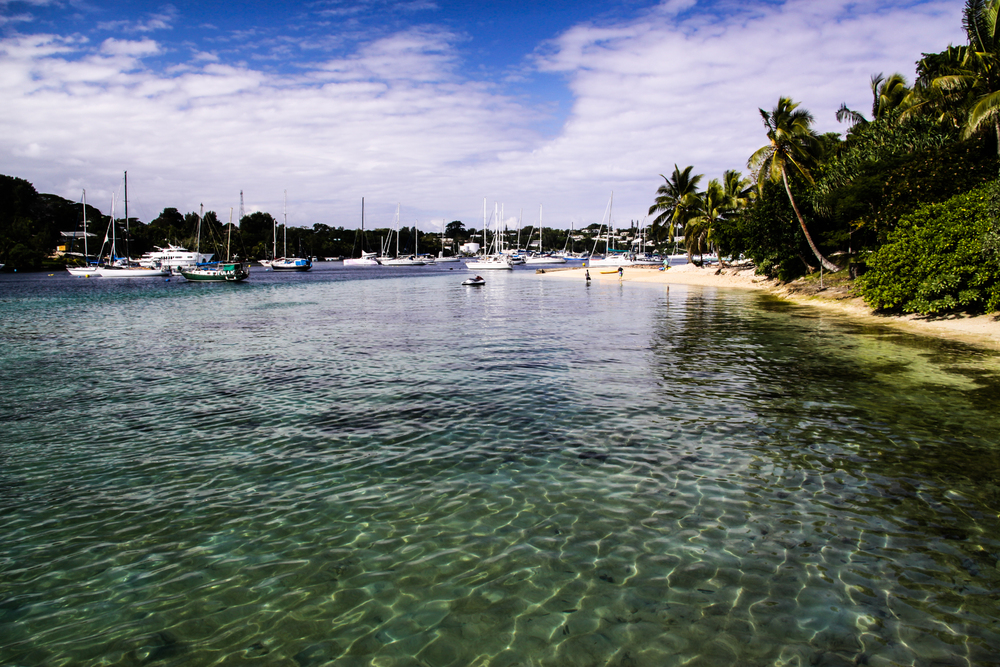
This Pacific island nation sprawls across an ocean area larger than India despite having just 388 square miles of land, making internal connectivity a monumental challenge even with air travel. Without planes, traveling between islands in different groups would require days or weeks of ocean passages, effectively splintering the country into isolated communities.
Kiribati’s position at the front line of climate change makes this scenario particularly concerning, as rising seas already threaten its existence and would make maritime transportation increasingly hazardous.
Mongolia’s Gobi Desert
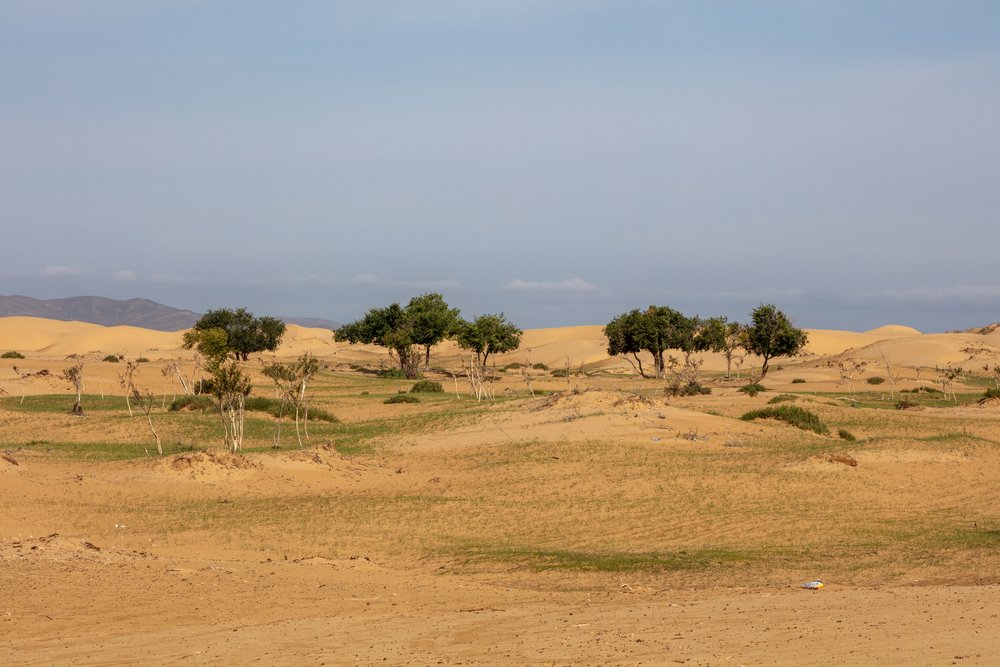
Without air access to the capital city of Ulaanbaatar, the vast emptiness of Mongolia’s southern reaches would become dramatically more challenging. Overland approaches would require travelers to cross thousands of miles of steppe and desert via rough tracks that disappear in seasonal weather.
The few nomadic herders who still practice traditional lifestyles across this landscape would find themselves returning to the profound isolation that characterized the region for millennia, connected to outside society only by occasional vehicle caravans across the world’s most sparsely populated country.
Like Travel Pug’s content? Follow us on MSN.
Galapagos Islands
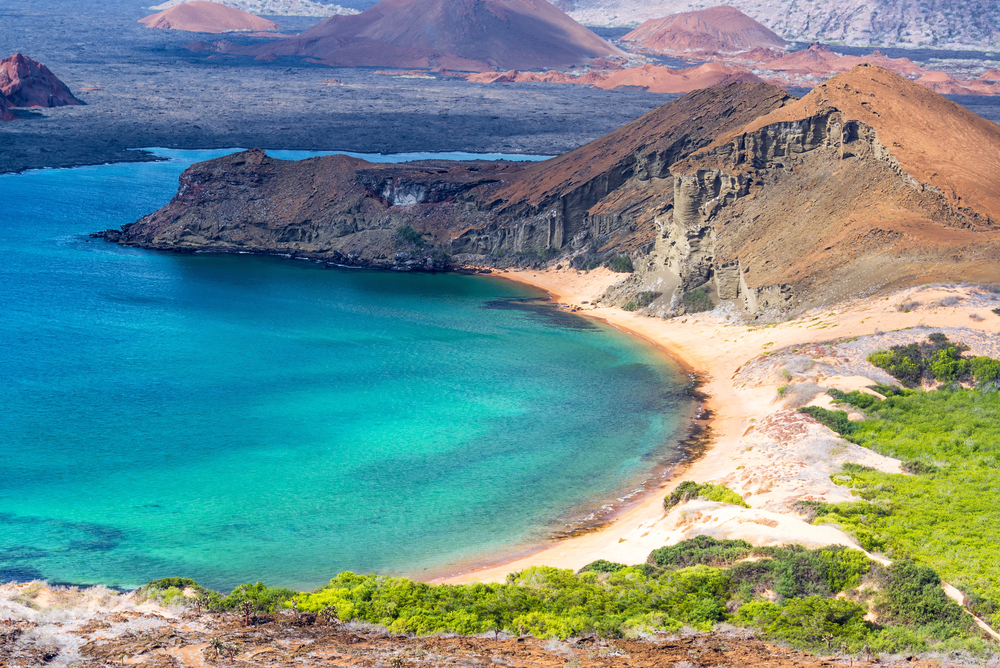
The isolation that allowed the Galapagos to develop its extraordinary endemic species would return in full force without air connections to mainland Ecuador. Visitors would be limited to those willing to undertake a 600-mile ocean crossing that historically deterred all but the most dedicated naturalists and whalers.
The islands’ delicate balance between conservation and tourism-based economic development would face new challenges, potentially benefiting the unique ecosystems but creating hardship for residents who depend on visitor spending.
Socotra, Yemen
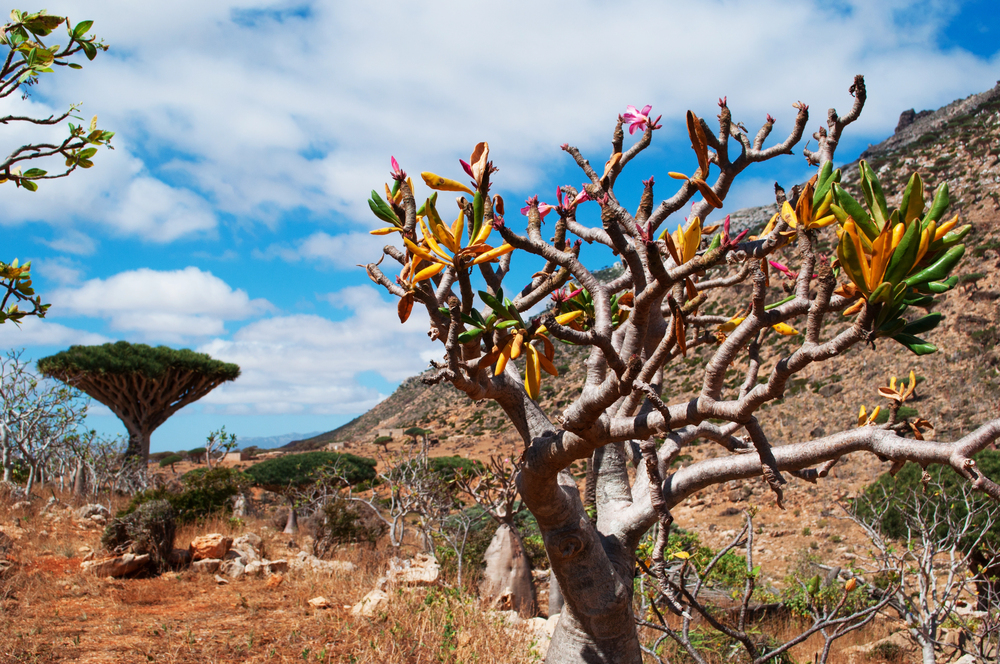
Often described as ‘the most alien-looking place on Earth’ due to its bizarre dragon blood trees and unique biodiversity, Socotra would return to the isolation that protected its unusual evolutionary path for millions of years. Already difficult to visit due to Yemen’s ongoing conflicts, without air travel, the island would become accessible only via infrequent trading dhows from the Arabian Peninsula or East Africa.
This extreme disconnection would mirror the conditions that allowed Socotra to develop, with approximately 30% of its plant life found nowhere else on the planet.
Svalbard, Norway
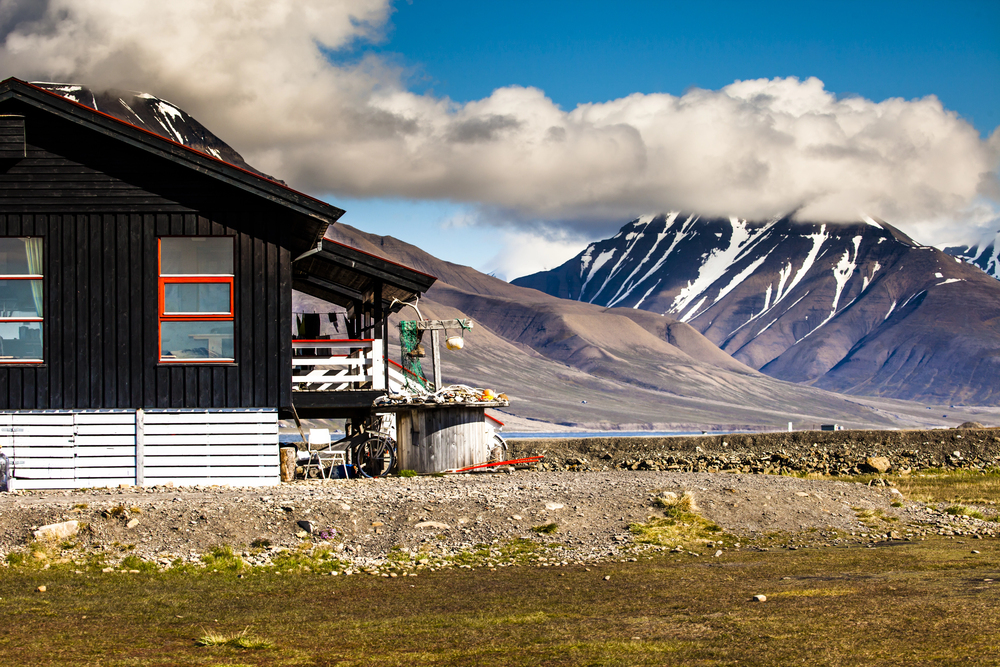
This Arctic archipelago, home to the famous seed vault storing the world’s crop diversity, would face a dramatic increase in isolation without its air connection to mainland Norway. During winter months, when darkness prevails 24 hours a day and sea ice complicates maritime approaches, Svalbard would become cut off from outside contact except for emergency icebreaker missions.
The research community and coal mining operations that maintain year-round settlement would need to prepare for potential months of complete isolation, similar to conditions faced by early polar explorers who overwintered in these latitudes.
Like Travel Pug’s content? Follow us on MSN.
Tristan da Cunha
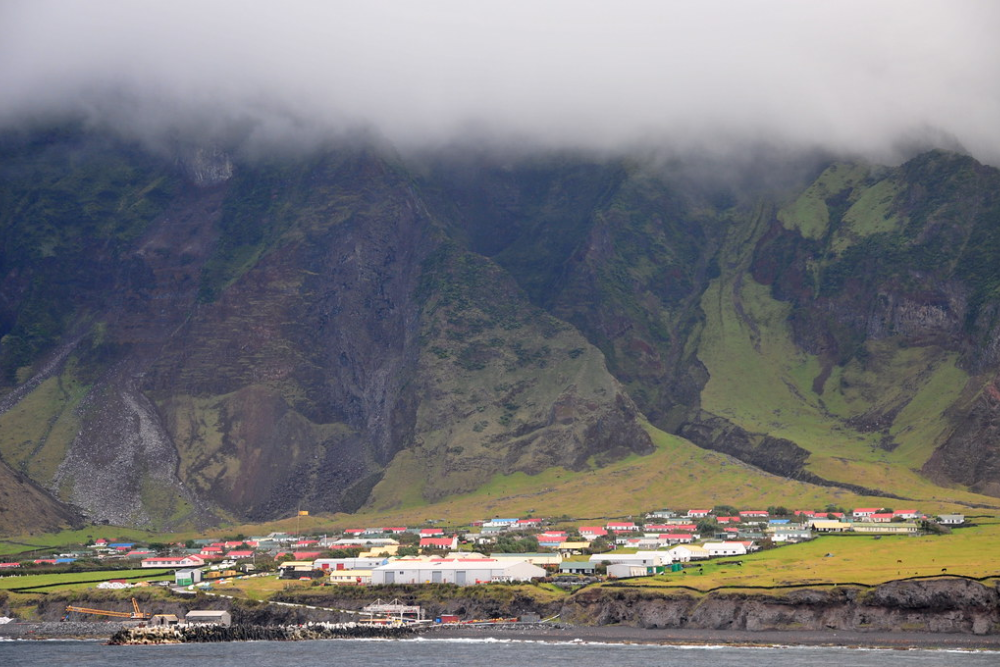
Self-proclaimed as the world’s most remote inhabited island, Tristan da Cunha lies 1,500 miles from the nearest continent and already has no airstrip due to its challenging topography. Without air travel to reach even staging points for boat journeys, the island’s 250 residents would find their already tenuous connection to the outside world reduced to a handful of fishing vessels and research ships that pass through annually.
Visitors seeking to reach this volcanic outpost would need to commit to a two-week ocean crossing each way, with no guarantee of landing if weather conditions deteriorate.
Papua New Guinea Highlands
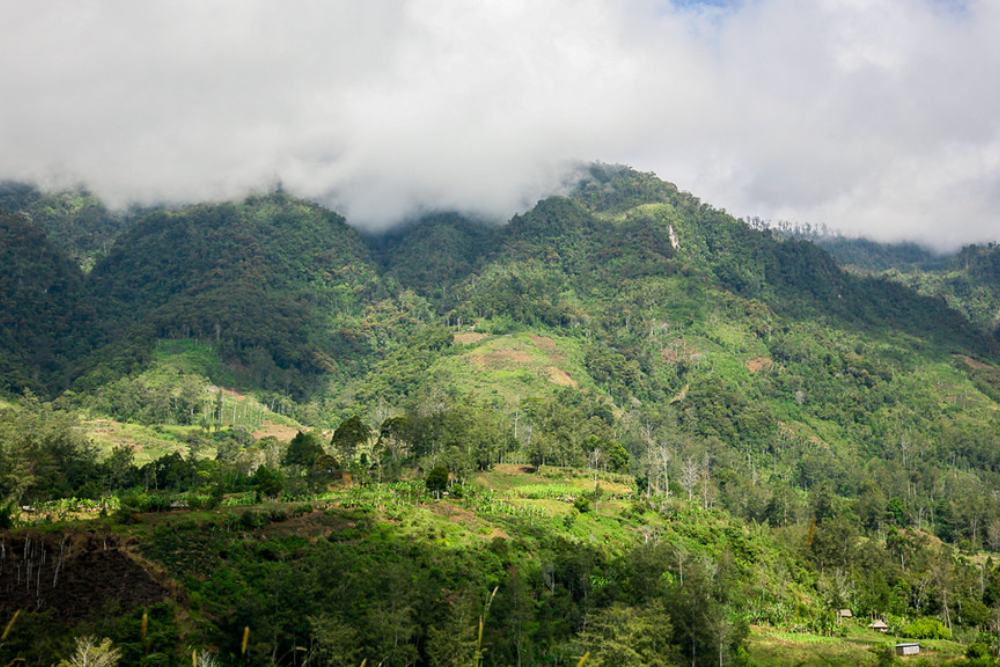
The rugged interior of Papua New Guinea, home to valleys that remained unknown to the outside world until the 1930s, would revert to extreme isolation without small aircraft that currently serve as the only connection to many communities. The country’s limited road network and challenging terrain mean that without aviation, some highland villages would require weeks of difficult trekking to reach, crossing territory controlled by different tribal groups.
This isolation would reinforce the extraordinary linguistic and cultural diversity of the region, home to approximately 850 distinct languages developed in valleys separated by nearly impassable mountain ridges.
Amazon Rainforest Interior
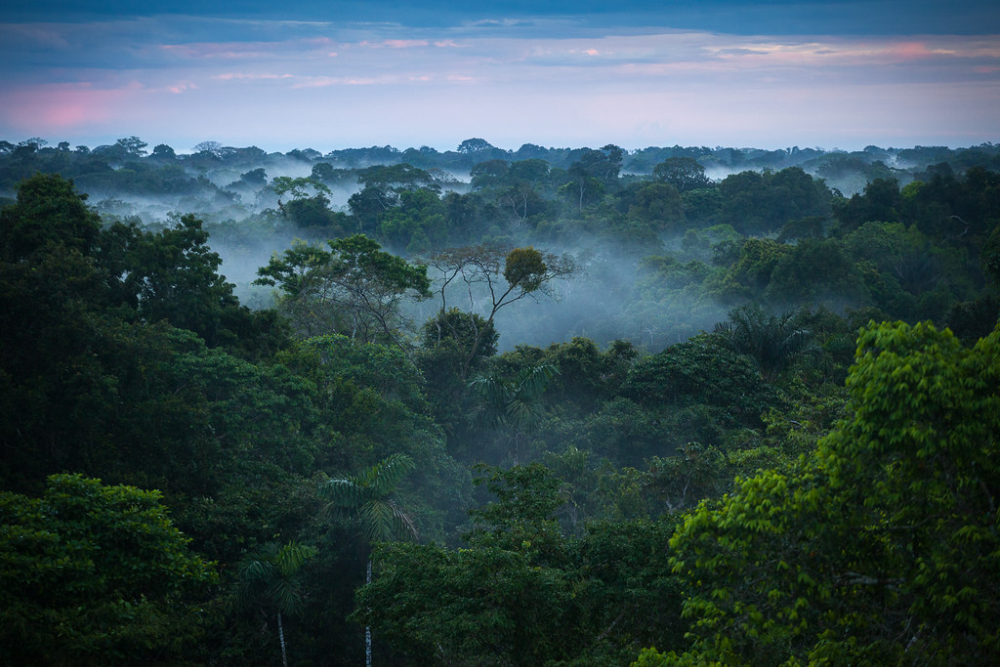
Deep Amazon communities currently accessible via small planes landing on remote airstrips would return to the isolation that characterized them before the 20th century. Without aviation, reaching interior settlements would require river journeys extending to weeks or months, navigating complex waterways that change seasonally and remain hazardous despite modern boat technology.
The Indigenous communities living voluntarily isolated from outside contact would find their territories even more secure from encroachment, while research stations and conservation efforts would face substantially greater logistical challenges.
Like Travel Pug’s content? Follow us on MSN.
Siwa Oasis, Egypt

This historic desert oasis, once a critical stop on trans-Saharan caravan routes, would return to the profound isolation that made it a place of mystery and legend in ancient times. Without air connections to Cairo or Alexandria, travelers would face a multi-day journey across the Western Desert, replicating the challenging approaches that historically limited outside influence and allowed Siwa to maintain its distinct Berber culture and traditions.
The oasis community would find itself dependent on infrequent vehicle caravans for supplies and connection to wider Egyptian society.
Marquesas Islands, French Polynesia
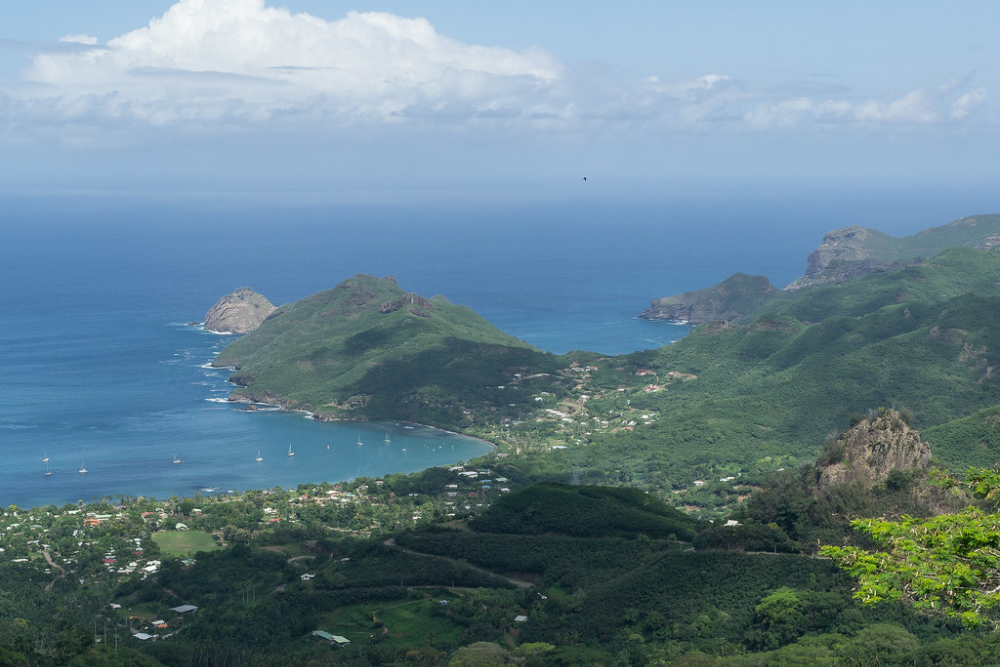
The dramatic volcanic islands that inspired Paul Gauguin’s most famous paintings would revert to the extreme isolation that shaped their unique cultural development. Without air service, reaching the Marquesas would require a three-day ocean voyage from Tahiti, which is accessible only after weeks at sea from continents.
The islands’ 9,000 inhabitants, already living in one of the most remote archipelagos on Earth, would become further separated from French administrative connections and tourism opportunities that currently provide economic linkages to the wider world.
Falkland Islands
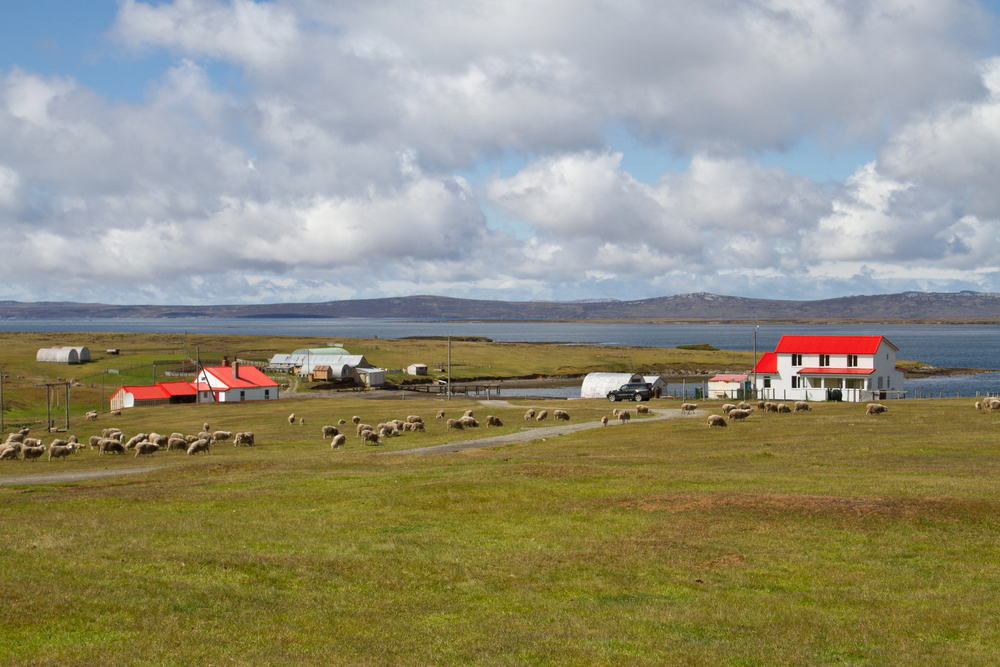
These contested South Atlantic islands would face a return to the profound isolation that complicated their disputed history between Britain and Argentina. Without the RAF air bridge that currently connects the islands to the United Kingdom via Ascension Island, the 3,500 residents would depend entirely on infrequent cargo vessels making the 8,000-mile journey from Britain or shorter but politically complex potential connections to South America.
This geographic reality would reshape the ongoing sovereignty discussion by emphasizing the islands’ natural connection to the nearest continent.
Like Travel Pug’s content? Follow us on MSN.
Kamchatka Peninsula, Russia
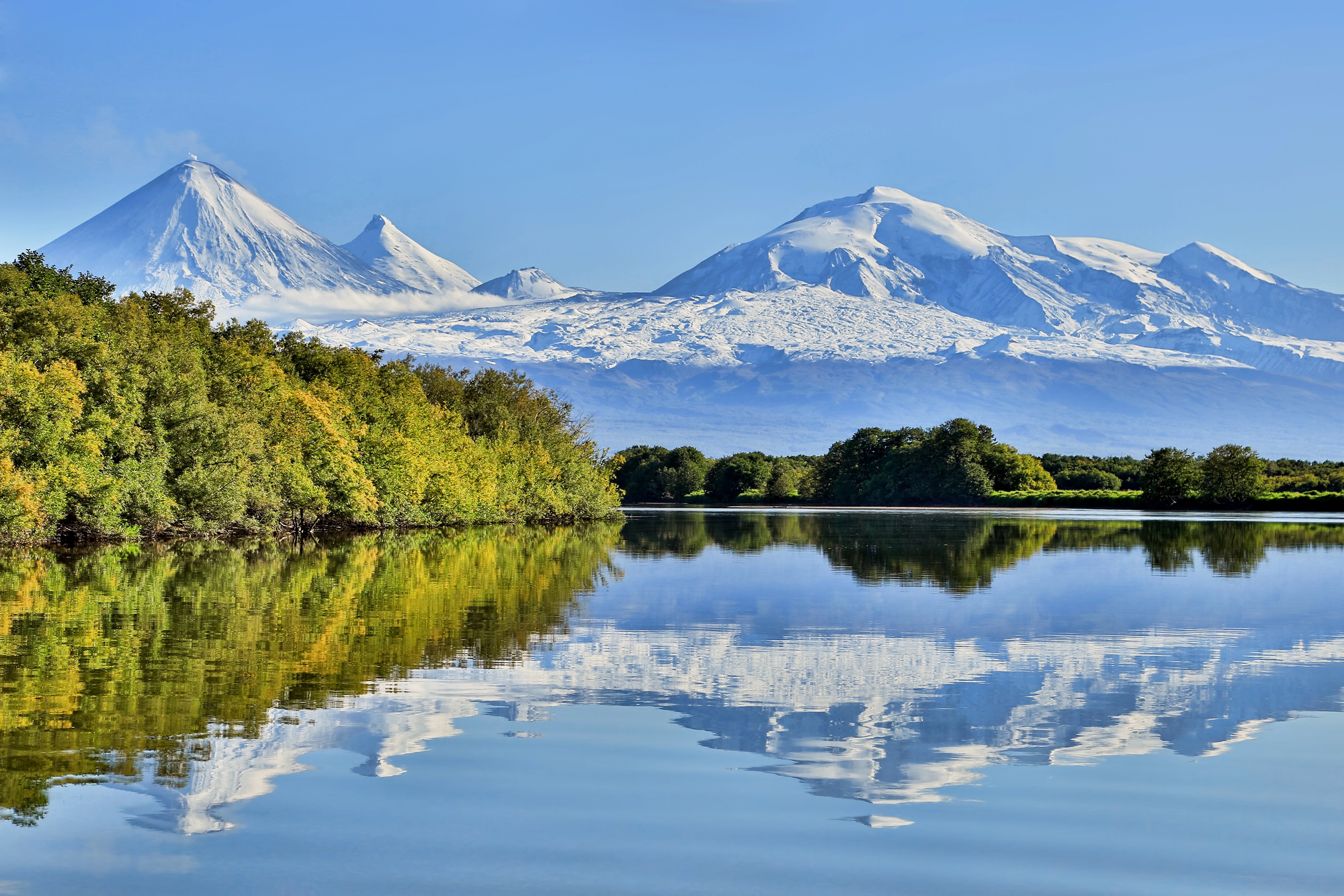
Russia’s dramatic eastern peninsula, home to the world’s highest concentration of active volcanoes and some of its most pristine wilderness, would return to near-complete isolation without air connections. With no roads linking it to the rest of Russia and sea approaches complicated by harsh weather and sea ice, Kamchatka would become cut off for substantial portions of the year.
The region’s incredible wildlife populations, including the densest brown bear habitat on Earth, would benefit from reduced human presence. At the same time, indigenous communities would return to the seasonal rhythms that sustained them for millennia before Soviet development.
Palmerston Atoll, Cook Islands
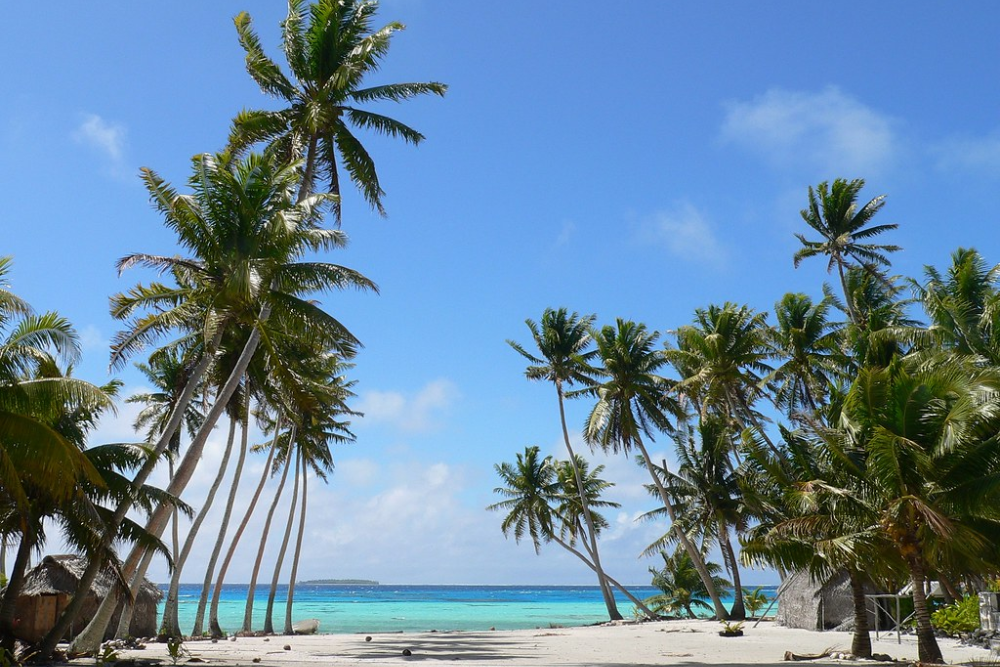
This tiny coral atoll in the Pacific, inhabited by approximately 35 people all descended from one Englishman who arrived in 1863, receives a supply ship only a few times yearly. Without air travel to the Cook Islands’ main hubs, which serve as staging areas for these infrequent maritime connections, Palmerston would face extreme isolation similar to conditions in the 19th century.
The island’s remarkable social structure, where all inhabitants share the same ancestral connection, would continue evolving in profound separation from outside influences. At the same time, visitors would join the ranks of extremely rare outsiders who have experienced this unique community.
Ittoqqortoormiit, Greenland
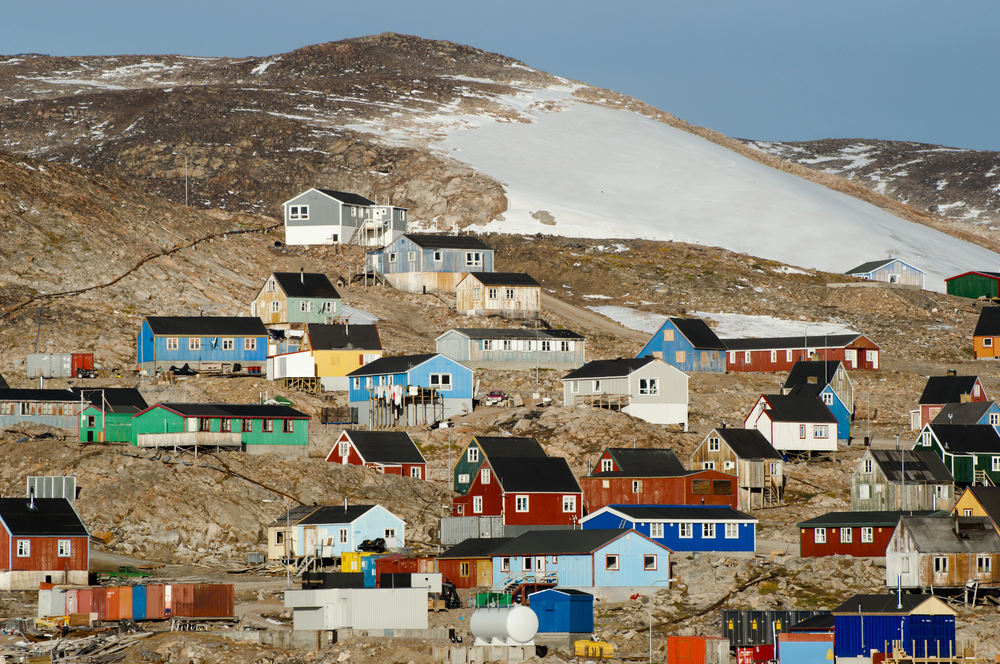
With fewer than 400 residents, this colorful settlement on Greenland’s remote eastern coast already claims the title of one of the world’s most isolated towns. Currently accessible by helicopter from a nearby airport or by boat during the brief summer window, without air travel, Ittoqqortoormiit would become virtually unreachable for most of the year.
Sea ice blocks maritime approaches for nine months annually, meaning residents would face three-quarters of each year in complete isolation from the outside world. Adventure travelers seeking to visit this hunter-gatherer community, where polar bears sometimes wander through town, would need to coordinate with the twice-yearly supply vessel or arrange specialized ice-capable ships during the narrow summer window when fjords become navigable.
Like Travel Pug’s content? Follow us on MSN.
The Return of True Remoteness

A world without air travel would fundamentally reshape our understanding of distance and accessibility, returning many remote destinations to the profound isolation that shaped their unique cultural and environmental development. While this scenario would create substantial hardships for communities that have grown dependent on aviation links, it might also restore some of the mystery and genuine differentiation that once characterized travel to truly remote places.
As we contemplate this thought experiment, we may gain a greater appreciation for both the remarkable connectivity modern transportation provides and the special significance of areas that still require extraordinary effort to reach.
More from Travel Pug

- 20 Destinations That Were Once Thriving but Are Now Quietly Disappearing
- 13 Destinations Where Tourists Regularly Regret Their Trip
- 20 Once-Popular Beach Towns That Are Now Ghostly Empty
- 10 Under-the-Radar Mountain Towns That Are Both Affordable and Beautiful
- Take a ‘Learning Vacation’ in These 20 Extraordinary Places
Like Travel Pug’s content? Follow us on MSN.
